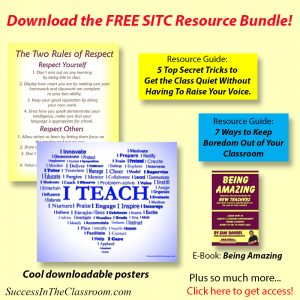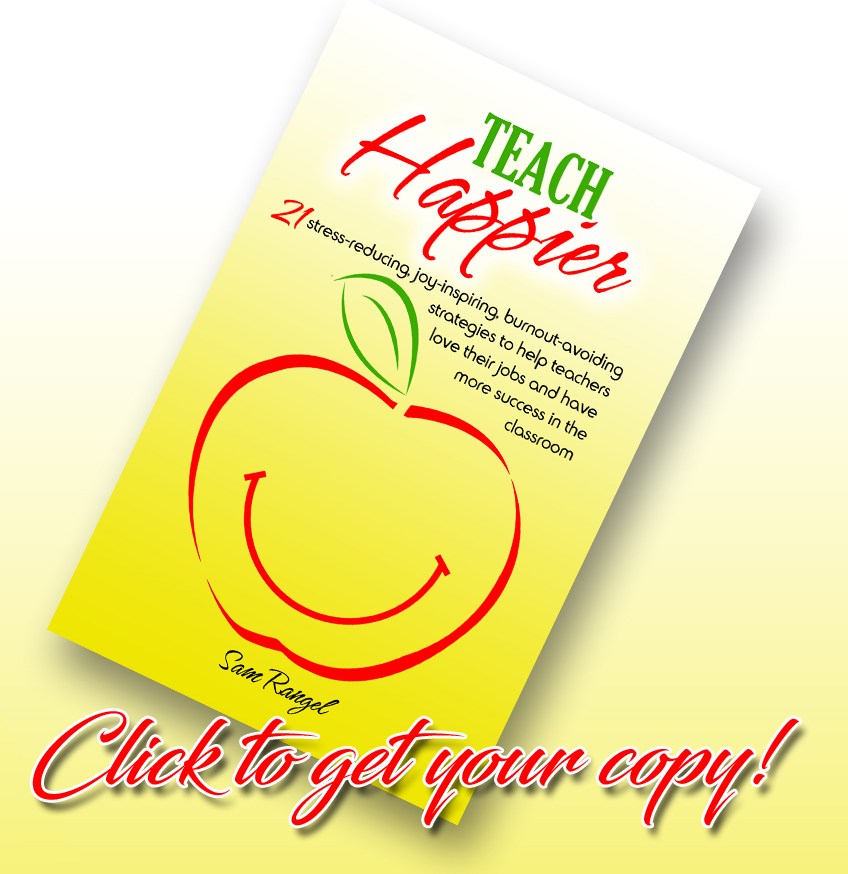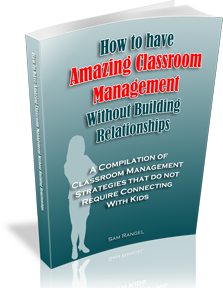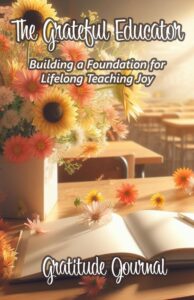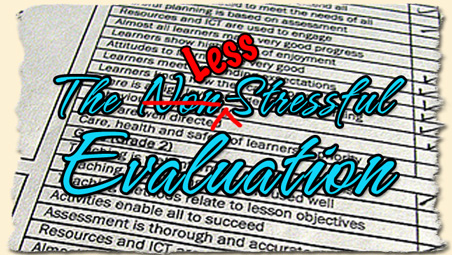
Hello again,
I’m continuing the in my series of the Less Stressful Evaluation:
Here we go with State Standard for Teachers number 3: Understanding and Organizing Subject Matter for Student Learning
Here are the subcategories:
3.1 Demonstrating knowledge of subject matter, academic content standards, and curriculum frameworks.
Just know your stuff. Find out what standards have to be learned by the students and make sure your lesson plans are pointing in that direction. When I first started, there were no state standards, or at least they weren’t as important as they are now. I had to ask my principal, “What am I supposed to teach?” Times have changed a lot since then. I’m glad.
3.2 Applying knowledge of student development and proficiencies to ensure student understanding of subject matter
Find out about how your students learn. Not all students learn the same way. This is what they teach you in college. Use that information to design your lessons, so you can reach more of your students. Some students in your class have learning disabilities. Make sure you can identify them and give them the necessary support to ensure that they have access to the content.
3. 3 Organizing curriculum to facilitate student understanding of the subject matter
Just don’t wing it. This standard keeps teachers from just showing up without a lesson plan. There are teachers out there, believe it or not, who don’t lesson plan. They come into class, and tell the students, “Read pages 50-53 in your book; do the questions in the back, and don’t bother me.” This is a sub plan, not a lesson plan for a teacher who wants to make their class in any way remarkable.
3.4 Utilizing instructional strategies that are appropriate to the subject matter
You can’t teach a history lesson the same way you teach a math lesson. In history class, you can make use of stories to get your message across. In math, you may need to use a lot of guided practice. This standard just tells the teacher to modify their instructional strategies to match the content. This is an easy one.
3.5 Using and adapting resources, technologies, and standards-aligned instructional materials, including adopted materials, to make subject matter accessible to all students
I think the key word here is “adapting.” As teachers, we are all given the basic resources – textbooks, overhead projectors, LCD projectors, computers, workbooks, etc. You as a teacher have to evaluate which resource is going to work best for your students. Try to use as many different resources as you can, and then you can determine which resources work best in getting your subject matter across.
3.6 Addressing the needs of English learners and students with special needs to provide equitable access to the content
This is one that is close to my heart. I have a close connection with students who are English learners and students with special needs. More and more, as school budgets continue shrinking, these students will be included in the general education classes. They won’t be pulled out of your rooms and placed in specialized classes anymore. It will be the responsibility of the teacher to make their lessons accessible to all students, including these students with special needs. I have to admit, it makes it a little difficult to teach a class with different learning levels, but again, I never said teaching was easy. Often times, you’ll have an aide who will provide extra support to these students, but sometimes you won’t. Your lesson plan has to have a component that addresses the needs of these students. Does that mean that you water down the lesson? No. You just teach it in a way that is easier to access. There are many techniques that you can use to do this. What are these techniques, Sam?
That’s for another post.
Next time we’ll talk about standard number 4: Planning Instruction and Designing Learning Experiences for All Students.
Again, I welcome any comments, questions, even complaints.
See you soon,
Thanks,
Sam
